Legends of the Gods
Legends of the Gods
The Egyptian Texts – Egyptian Mythology
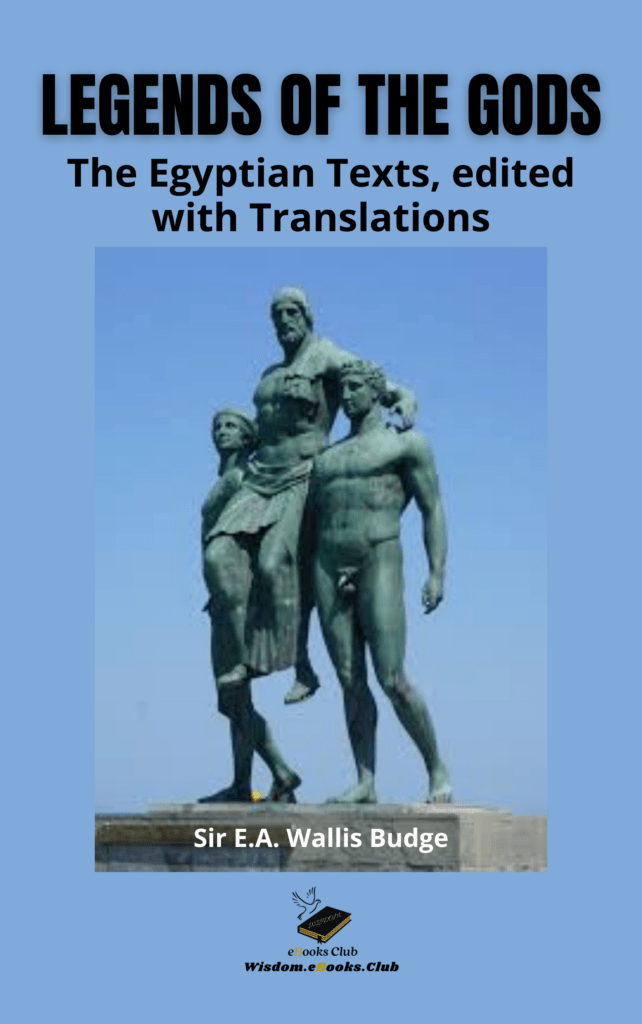
Legends of the Egyptian Gods, written in 1912, is a book meant to help Egyptology students examine Egyptian literature and its history. However, since the backgrounds and names of Egyptian authors were not recorded, Budge instead presents the texts in the most complete forms possible, with the original hieroglyphs and their translations.
Legends of the Egyptian Gods includes a preface and an introduction by Budge, as well as summaries of each myth at the beginning of the book. The summaries, presented in one large block, are followed by the text and translations of nine Egyptian myths and legends. The book contains illustrations and plates complementing the stories. This book is a wonderful addition to the collection of any student of Egyptology. Contains nine of the most important religious and mythological stories from ancient Egypt. These stories have been told throughout the years, but have rarely been found in their exact translations, all together in one volume. In most cases, the original Egyptian hieroglyphs appear on each facing page of text, making this a great study tool for those interested in ancient Egyptian writing. With practice, one may come away with the ability to read Egyptian hieroglyphs.
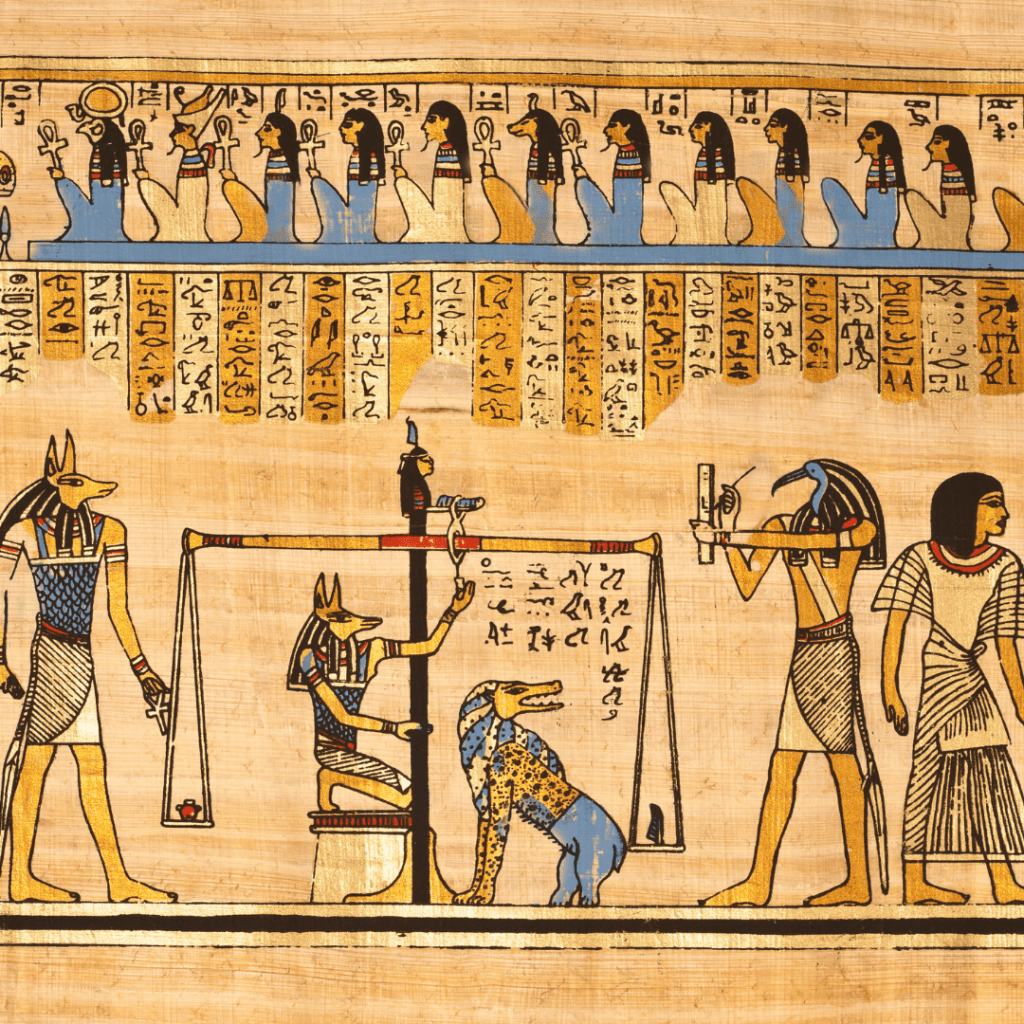
Egyptian Literature
Demons were more powerful than human beings but not as powerful as gods. They were usually immortal, could be in more than one place at a time, and could affect the world as well as people in supernatural ways. But there were certain limits to their powers and they were neither all-powerful nor all knowing. Among demons the most important figure was Ammut – the Devourer of the Dead – part crocodile, part lioness, and part hippopotamus. She was often shown near the scales on which the hearts of the dead were weighed against the feather of Truth. She devoured the hearts of those whose wicked deeds in life made them unfit to enter the afterlife. Apepi, another important demon, (sometimes called Apophis) was the enemy of the sun god in his daily cycle through the cosmos, and is depicted as a colossal snake.
Most Egyptian gods represented one principle aspect of the world: Ra was the sun god, for example, and Nut was goddess of the sky. The characters of the gods were not clearly defined. Most were generally benevolent but their favor could not be counted on. Some gods were spiteful and had to be placated. Some, such as Neith, Sekhmet, and Mut, had changeable characters. The god Seth, who murdered his brother Osiris, embodied the malevolent and disordered aspects of the world.
The physical form taken on by the various Egyptian gods was usually a combination of human and animal, and many were associated with one or more animal species. And an animal could express a deity’s mood. When a god was angry, she might be portrayed as a ferocious lioness; when gentle, a cat. The convention was to depict the animal gods with a human body and an animal head. The opposite convention was sometimes used for representations of a king, who might be portrayed with a human head and a lion’s body, as in the case of the Sphinx. Sphinxes might also appear with other heads, particularly those of rams or falcons.
Many deities were represented only in human form. Among these were such very ancient figures as the cosmic gods Shu of the air, Geb of the earth, the fertility god Min, and the craftsman Ptah. There were a number of minor gods that took on grotesque forms, including Bes, a dwarf with a mask-like face, and Taurt, a goddess whose physical form combined the features of a hippopotamus and a crocodile.
Egyptian Mythology
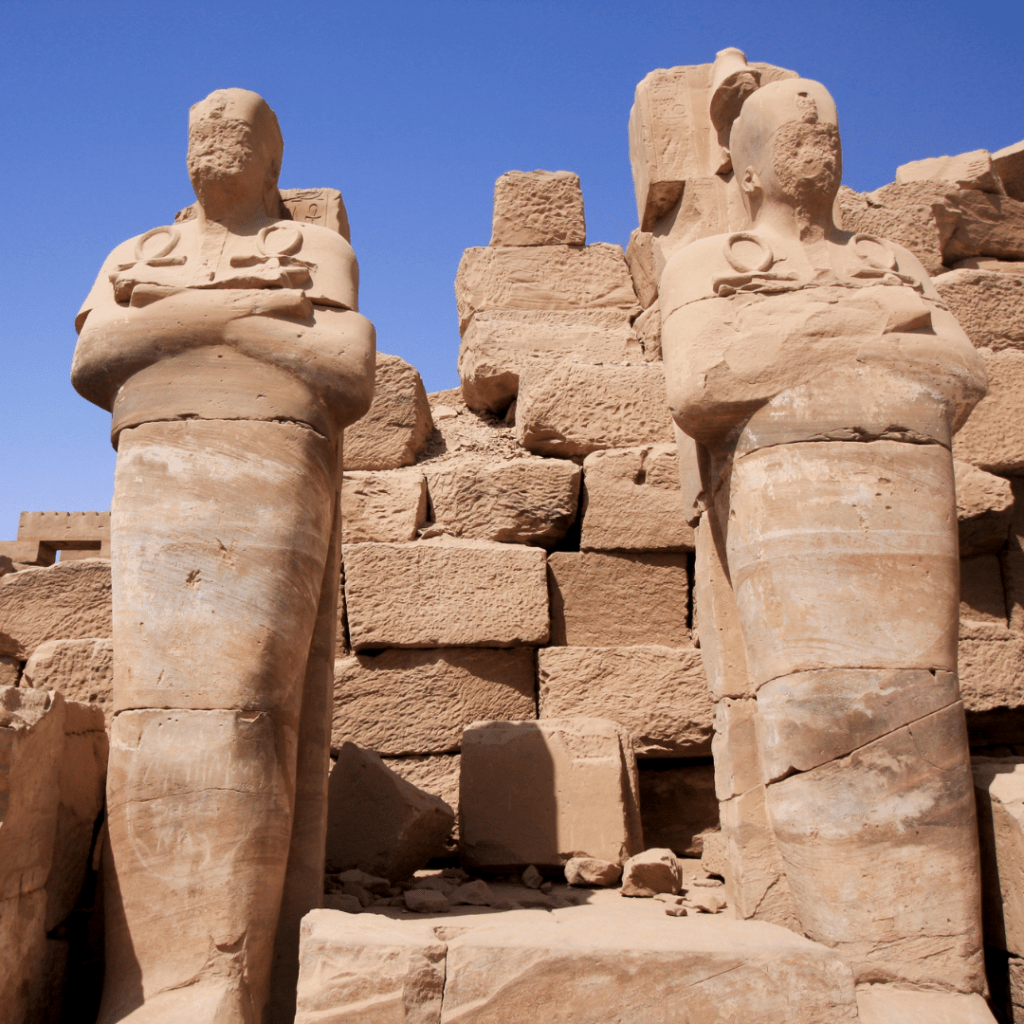
Egyptian mythology is the collection of myths from ancient Egypt, which describe the actions of the Egyptian gods as a means of understanding the world around them. The beliefs that these myths express are an important part of ancient Egyptian religion. Myths appear frequently in Egyptian writings and art, particularly in short stories and in religious material such as hymns, ritual texts, funerary texts, and temple decoration. These sources rarely contain a complete account of a myth and often describe only brief fragments.
Inspired by the cycles of nature, the Egyptians saw time in the present as a series of recurring patterns, whereas the earliest periods of time were linear. Myths are set in these earliest times, and myth sets the pattern for the cycles of the present. Present events repeat the events of myth, and in doing so renew maat, the fundamental order of the universe. Amongst the most important episodes from the mythic past are the creation myths, in which the gods form the universe out of primordial chaos; the stories of the reign of the sun god Ra upon the earth; and the Osiris myth, concerning the struggles of the gods Osiris, Isis, and Horus against the disruptive god Set. Events from the present that might be regarded as myths include Ra’s daily journey through the world and its otherworldly counterpart, the Duat.
Recurring themes in these mythic episodes include the conflict between the upholders of maat and the forces of disorder, the importance of the pharaoh in maintaining maat, and the continual death and regeneration of the gods.
The details of these sacred events differ greatly from one text to another and often seem contradictory. Egyptian myths are primarily metaphorical, translating the essence and behavior of deities into terms that humans can understand. Each variant of a myth represents a different symbolic perspective, enriching the Egyptians’ understanding of the gods and the world.
Mythology profoundly influenced Egyptian culture. It inspired or influenced many religious rituals and provided the ideological basis for kingship. Scenes and symbols from myth appeared in art in tombs, temples, and amulets. In literature, myths or elements of them were used in stories that range from humor to allegory, demonstrating that the Egyptians adapted mythology to serve a wide variety of purposes.
E. A. Wallis Budge

“There is neither water nor air here, its depth is unfathomable, it is as dark as the darkest night, and men wander about here helplessly. A man cannot live here and be satisfied, and he cannot gratify the cravings of affection”
- Sir Ernest Alfred Thompson Wallis Budge served the British Museum and authored various works on the ancient Near East and was a philologist, Orientalist, and an English Egyptologist.
- He traveled to Egypt and the Sudan multiple times on behalf of the British Museum to help build its collection of manuscripts, papyri, and cuneiform tablets by purchasing ancient artifacts. He worked towards bringing the results to wider audiences by writing several books on Egyptology. He was knighted for his contribution to Egyptology and the British Museum in 1920.
- In 1857, E. A. Wallis Budge was born to Mary Ann Budge in Bodmin, Cornwall. Mary’s father was a waiter in a Bodmin hotel. However, no one was ever able to identify Budge’s father. Budge eventually started living with his maternal aunt and grandmother in London after leaving Cornwall as a kid. Budge married Dora Helen Emerson in 1883, who lost her life in 1926.
- Budge had to leave school in 1869 when he was 12 to work as a clerk at W.H. Smith’s retail firm, which sold stationery, books, and related products- even though he developed a keen interest in languages before the age of 10. He read Biblical Hebrew and Syriac with the assistance of a volunteer mentor named Charles Seeger in his leisure time. When Budge began to spend time in the British Museum in 1872, he became interested in studying the ancient Assyrian language. Budge was introduced to Birch’s assistant, the Assyriologist George Smith and Keeper of Oriental Antiquities, the pioneer Egyptologist Samuel Birch by his tutor.
- Budge received help from Smith with his Assyrian occasionally. The youth used to study cuneiform tablets in Birch’s office, and he often collected books for Budge from the British Library of Middle Eastern travel and adventure, like Austen Henry Layard’s Nineveh and Its Remains.
- Budge spent his spare time reading Assyrian from 1869 to 1878, and he often studied at St. Paul’s Cathedral in his lunchtime during these years. The organist of St. Paul’s, John Stainer, met Budge after noticing his hard work. He wanted to make the working-class boy realize and pursue his dream of becoming a scholar. Stainer later contacted a Conservative Member of Parliament, W.H. Smith, and the former Liberal Prime Minister William Ewart Gladstone, and requested them to support his young friend.
- Smith and Gladstone decided to help Stainer by raising money for Budge to attend the University of Cambridge. From 1878 to 1883, Budge studied different Semitic languages in Cambridge like Ge’ez, Arabic. Syriac and Hebrew. He also continued studying Assyrian separately. During these years, Budge joined forces with William Wright, who was a prominent scholar of Semitic languages, among others.
Notable Works by Wallis Budge
- The Millennium and Other Poems (1840)
- The Dwellers on the Nile: Chapters on the Life, Literature, History, and Customs of the Ancient Egyptians (The Religious Tract Society) – 1885
- The Sarcophagus of Anchnesraneferab, Queen of Ȧḥ es II, King of Egypt (Whiting and Co., London) – 1885
- The Martyrdom and Miracles of St. George of Cappodocia: The Coptic Texts, (D. Nutt, London) – 1888
- Easy Lessons in Egyptian Hieroglyphics with Sign List, London; 2nd ed. c. 1910 Egyptian Language: Easy Lessons in Egyptian Hieroglyphics with Sign List. (London: Kegan Paul, Trench, Trübner & Company, Limited. Reprinted London: Routledge and Kegan Paul Limited – 1899, (1966; Reprinted New York: Dover Publications, 1983)
- The Book of Governors: The Historia Monastica of Thomas, Bishop of Margâ, A. D. 840; Edited from Syriac Manuscripts in the British Museum and Other Libraries, Volume I and II. (London: Kegan Paul, Trench, Trübner & Company, Limited) – 1893
- The Mummy: A Handbook of Egyptian Funerary Archaeology. 2nd Ed. Cambridge: Cambridge University Press – 1894. (Reprinted New York: Dover Publications, 1989)
- The Book of the Dead: The Papyrus of Ani in the British Museum; the Egyptian Text with Interlinear Transliteration and Translation, a Running Translation, Introduction, etc. British Museum – 1895. (Reprinted New York: Dover Publications, 1967)
- First steps in Egyptian: a book for beginners. K. Paul, Trench, Trübner & Co., ltd. 1895. p. 321. Retrieved 6 July 2011.
To see more information about this topic or other religious topics, you may check the books and magazines available at www.wisdomebooksclub.com or visit our peals of wisdom page page by clicking on this link to access more interesting blog articles, games, quizzes, music videos, religious poems, Jewish recipes, popular sermons, and more.
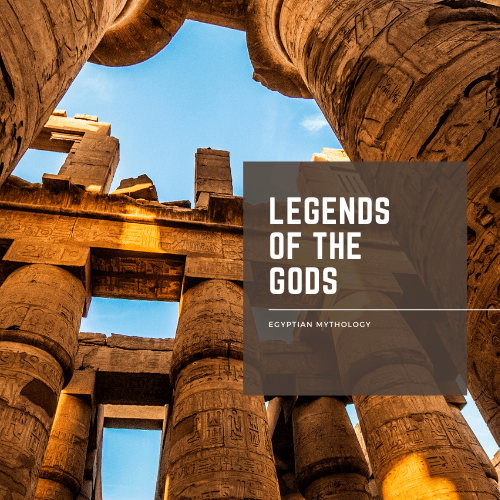
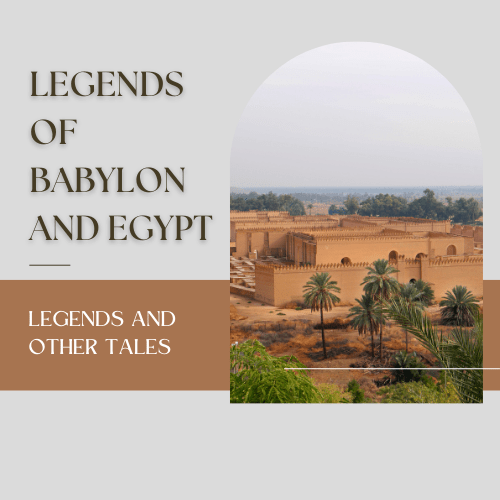





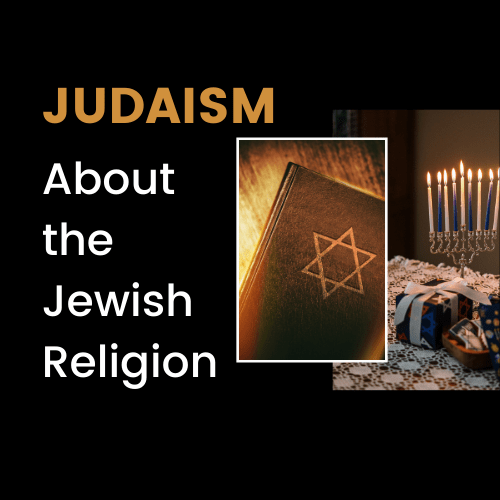
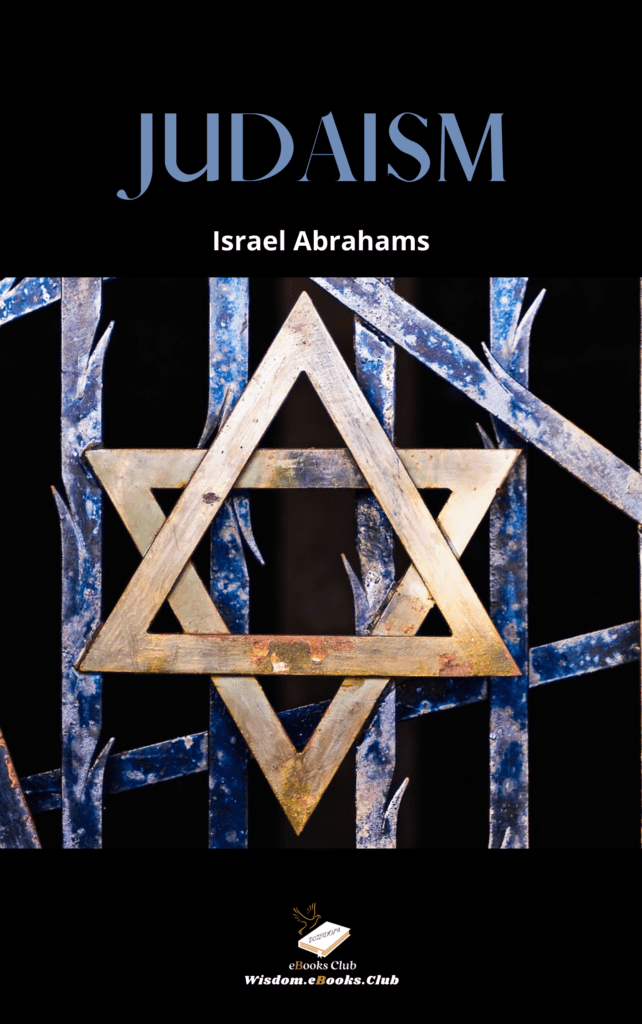
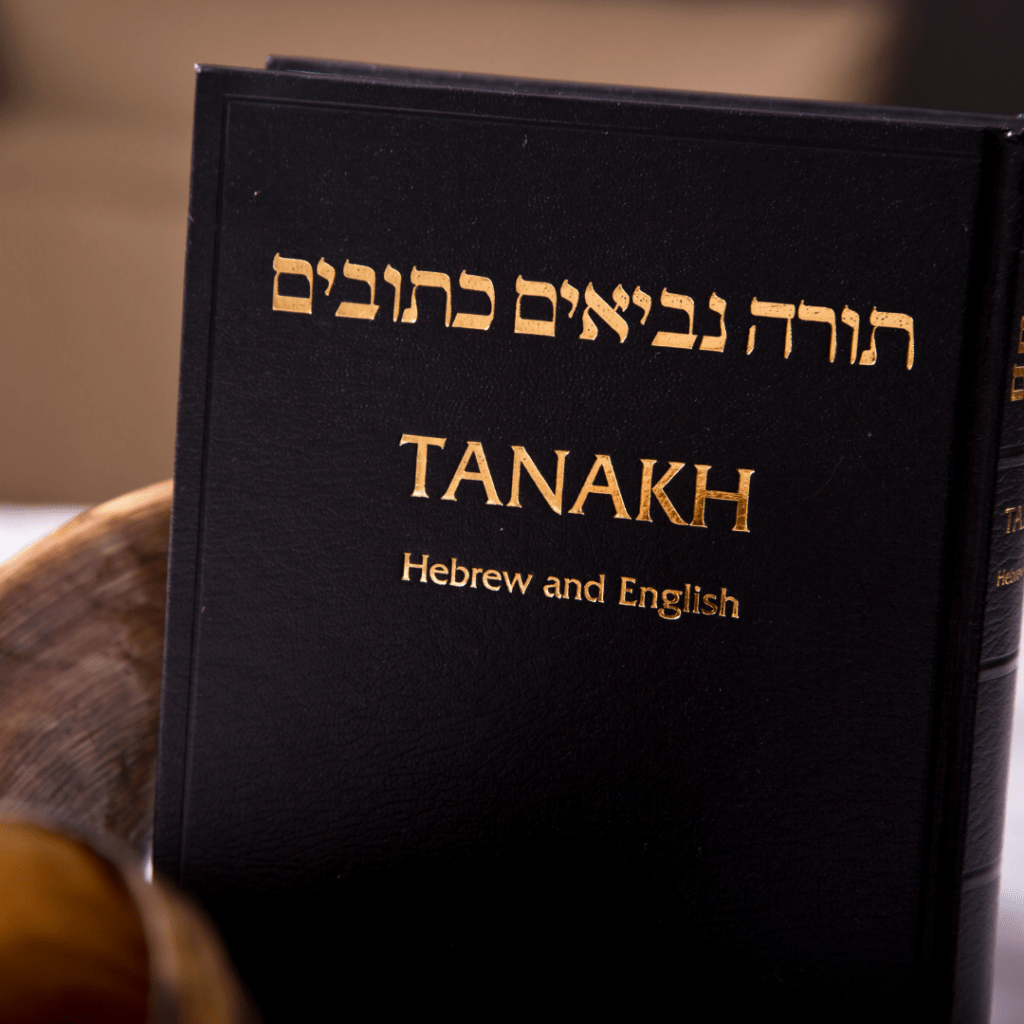
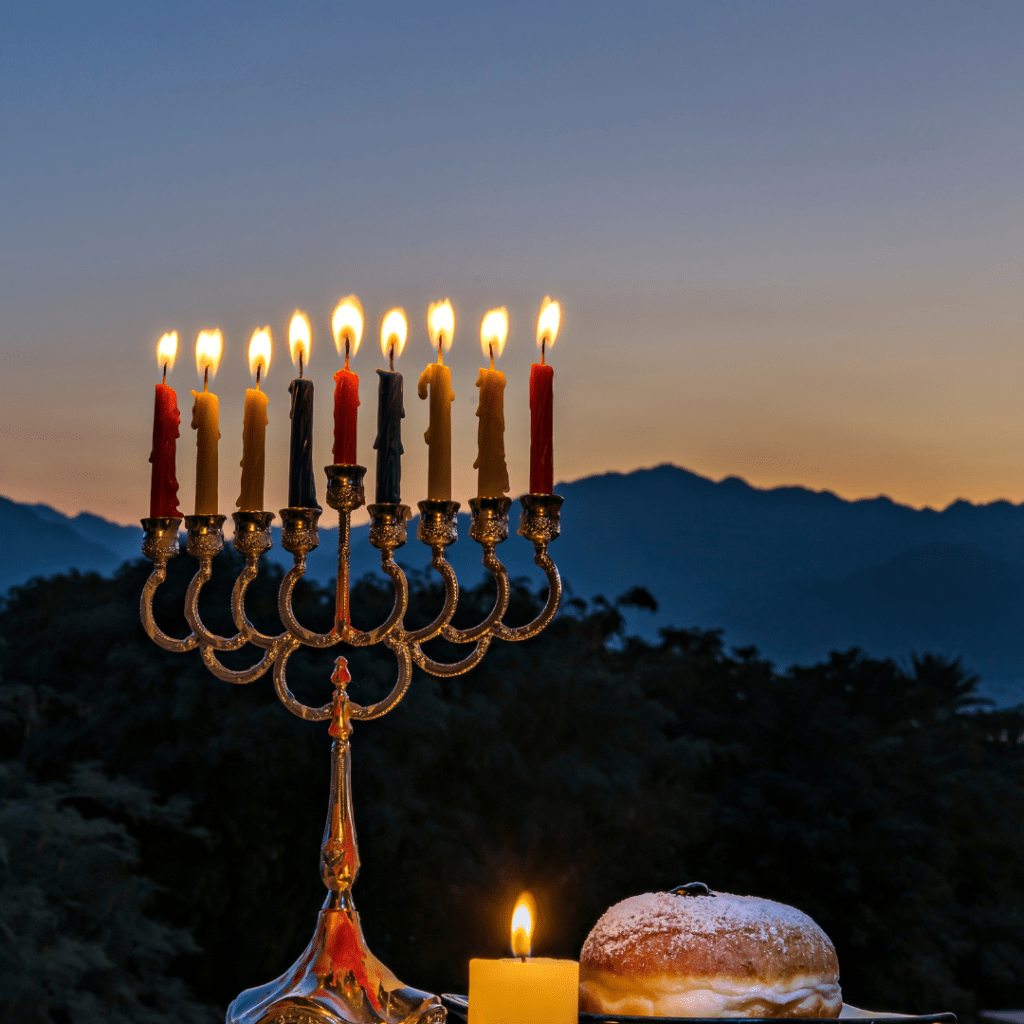



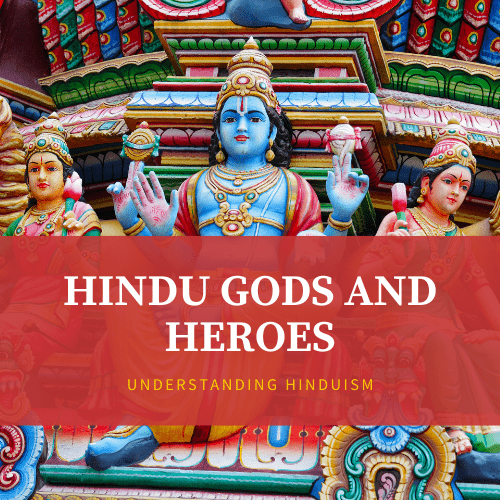
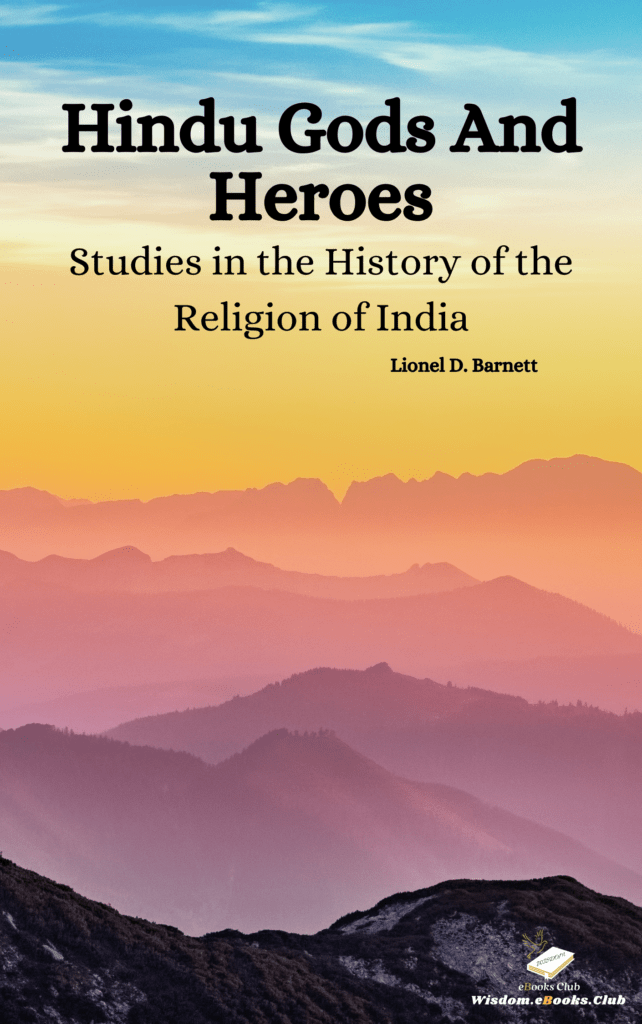

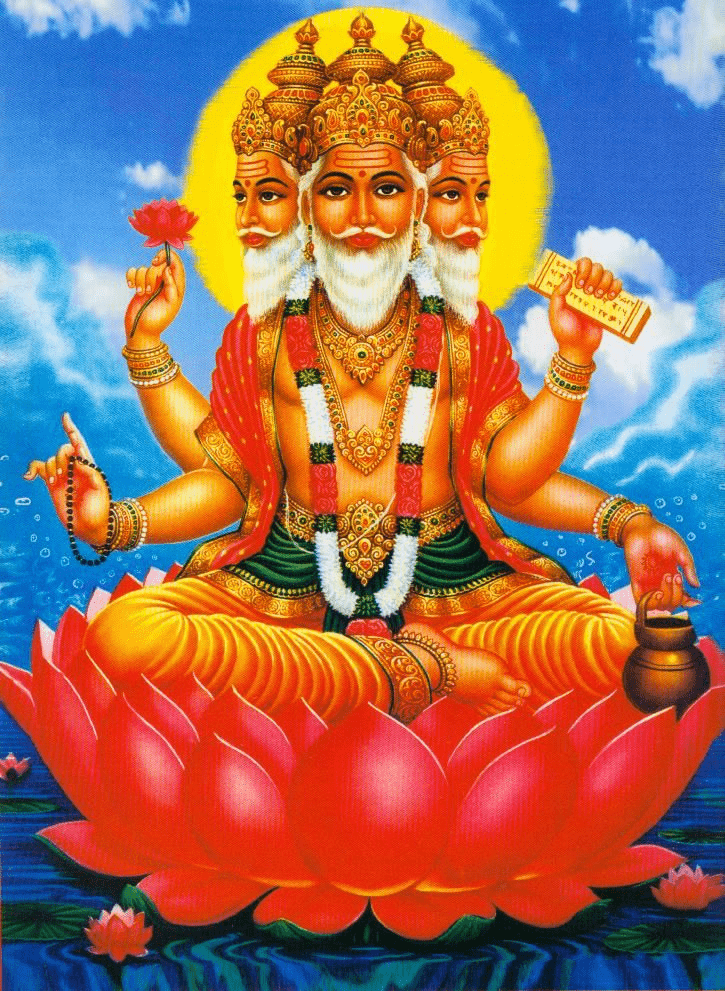
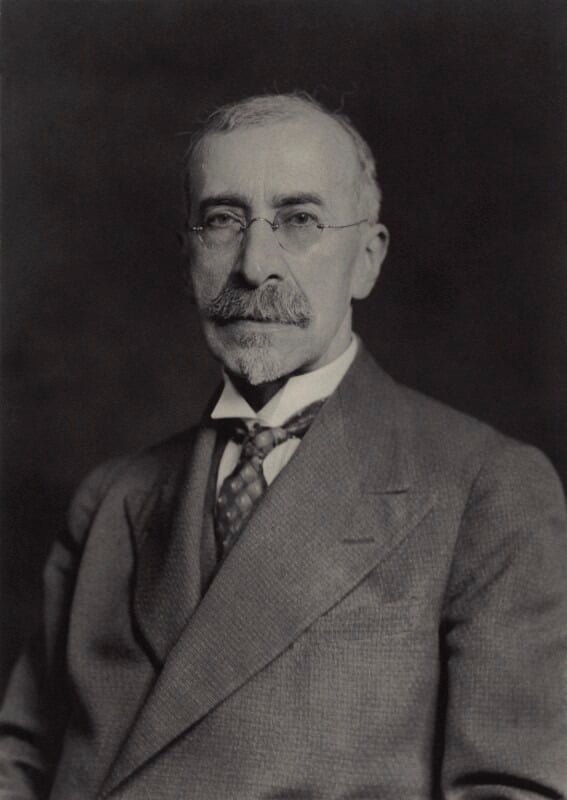
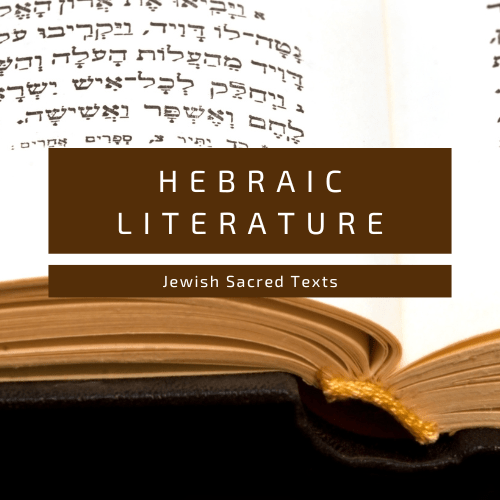
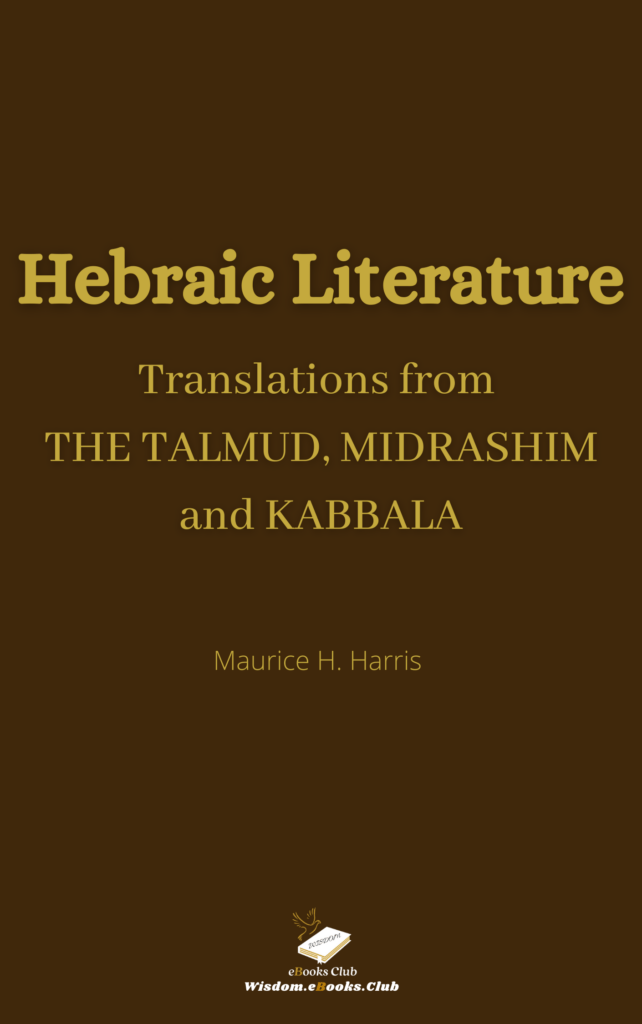



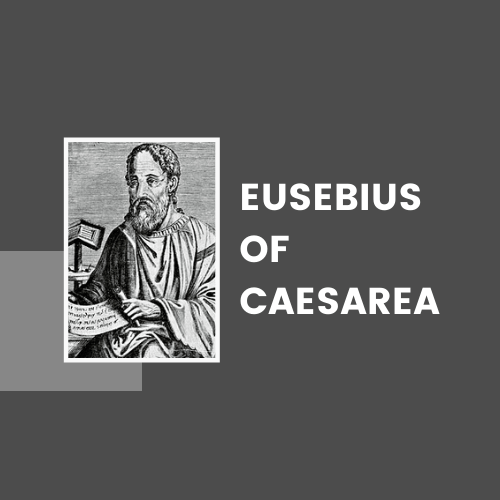



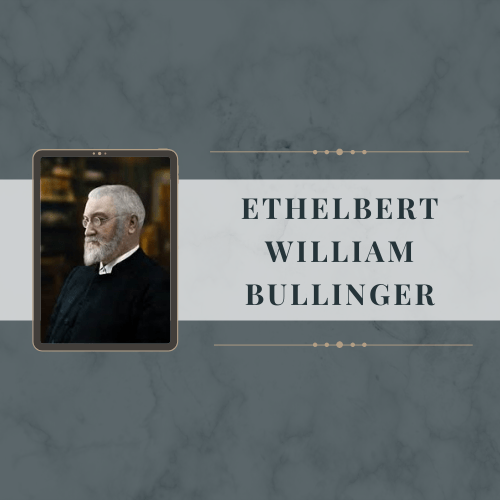


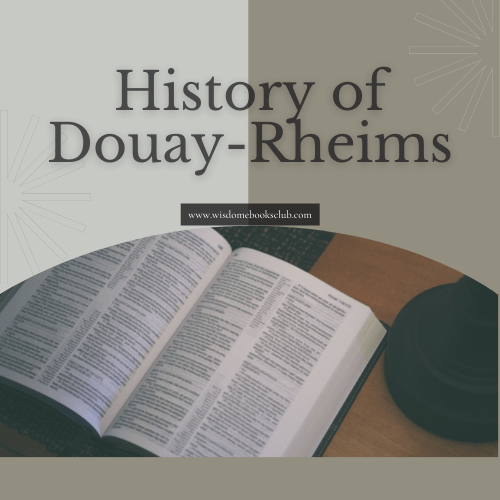


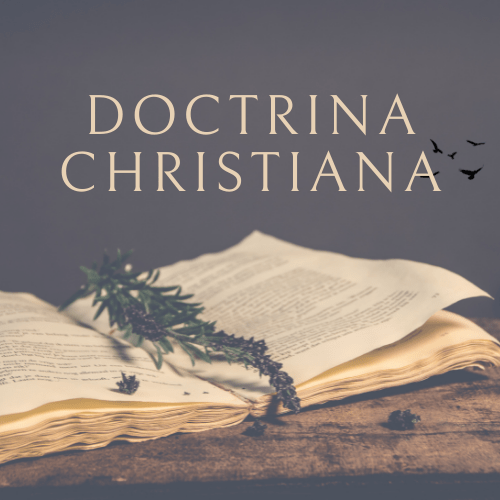



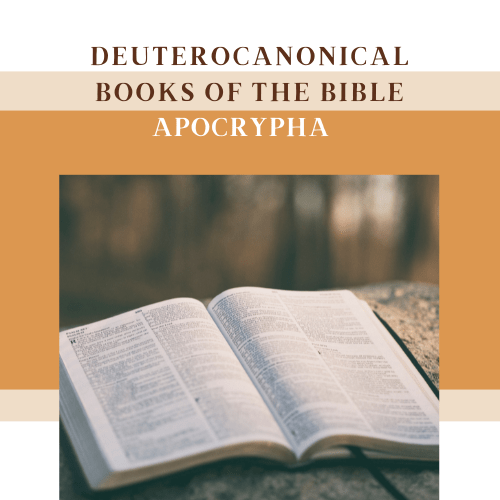


%20-%20Copy.png)

